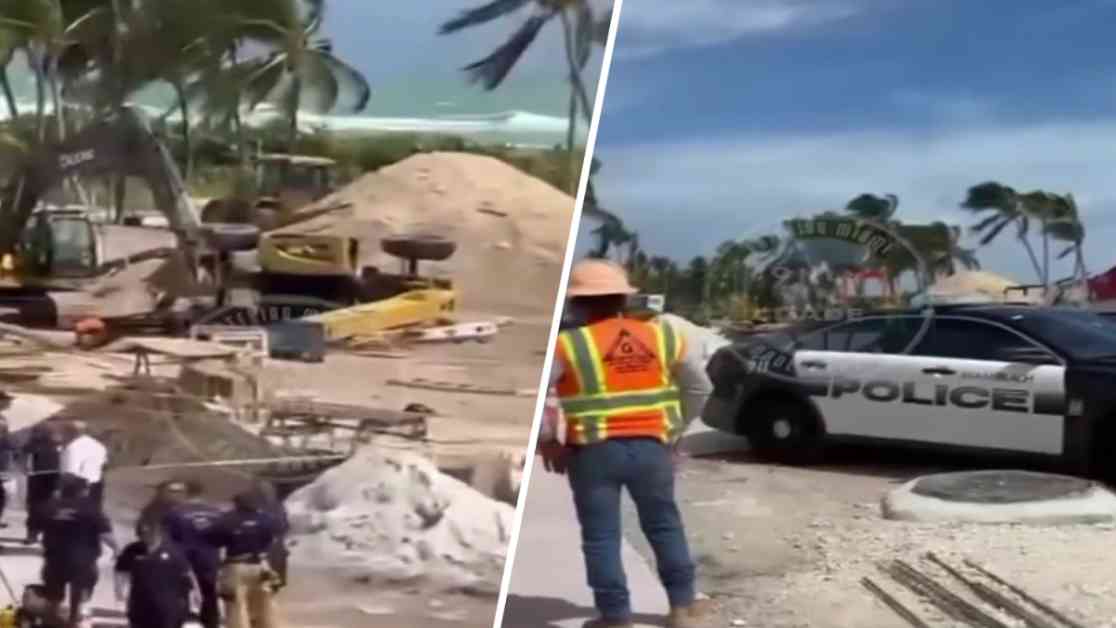A tragic incident occurred in Miami Beach, resulting in the death of a construction worker. The City of Miami Beach reported that the incident took place at the intersection of 74th Street and Ocean Terrace around 11:22 a.m. The identity of the deceased worker and the cause of the accident have not been disclosed at this time.
Photographs from the scene depicted a construction vehicle overturned, with the area cordoned off. Both authorities and fellow construction workers were present at the site, presumably to investigate the circumstances surrounding the tragic event. As a result of the incident, one northbound lane on Collins Avenue at 74th Street had to be temporarily shut down to allow for the investigation to take place.
NBC6 is actively pursuing additional information on this developing story, and further updates will be provided as soon as they become available.
Construction work is known to be a demanding and sometimes dangerous occupation, with workers facing various risks and hazards on the job. Accidents such as this serve as a stark reminder of the dangers that can be associated with construction work and the importance of ensuring safety measures are strictly adhered to at all times.
It is crucial for construction companies to prioritize the safety and well-being of their workers by providing adequate training, safety equipment, and supervision on job sites. Regular safety inspections and protocols can help mitigate risks and prevent accidents from occurring.
The construction industry plays a vital role in building and maintaining infrastructure essential for our communities. However, the well-being of the workers who carry out these tasks should never be compromised in the process. Tragic incidents like the one that occurred in Miami Beach serve as a somber reminder of the importance of prioritizing safety in the construction field.
As authorities continue to investigate the circumstances surrounding the death of the construction worker in Miami Beach, it is essential for all stakeholders in the construction industry to reflect on the importance of safety protocols and measures in preventing such tragedies from happening in the future. Our thoughts are with the family and loved ones of the deceased worker during this difficult time.


